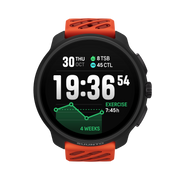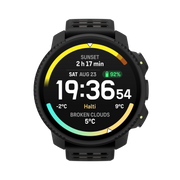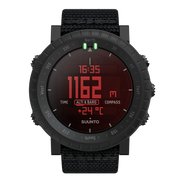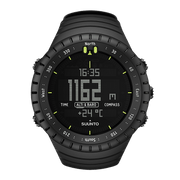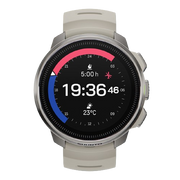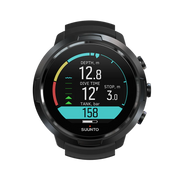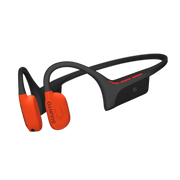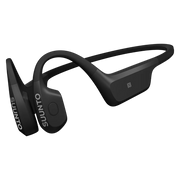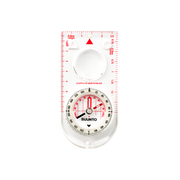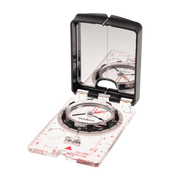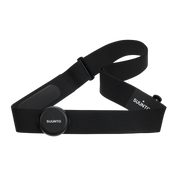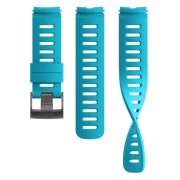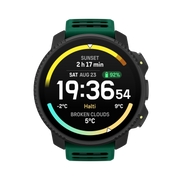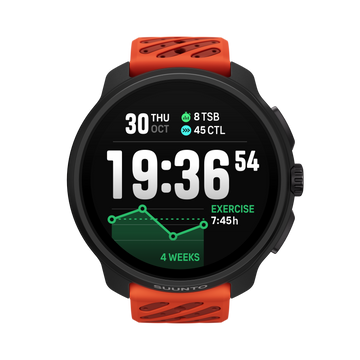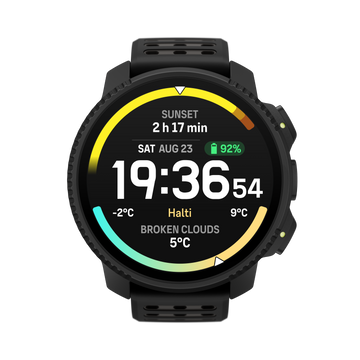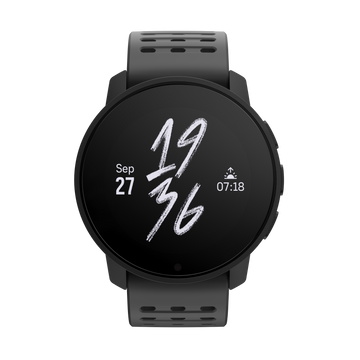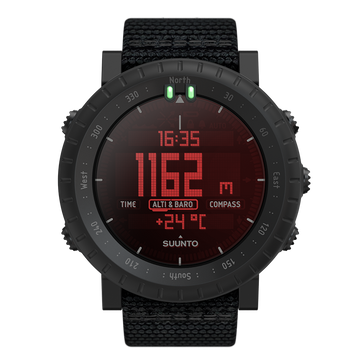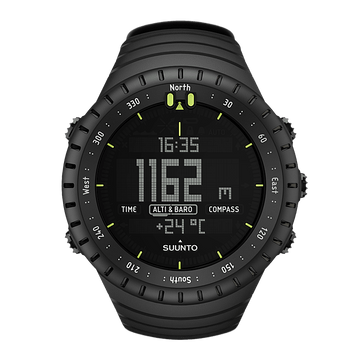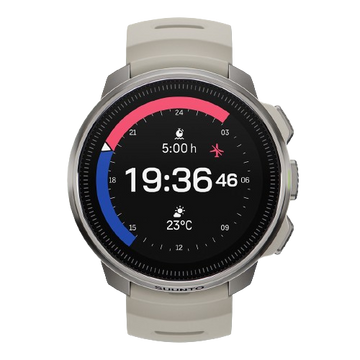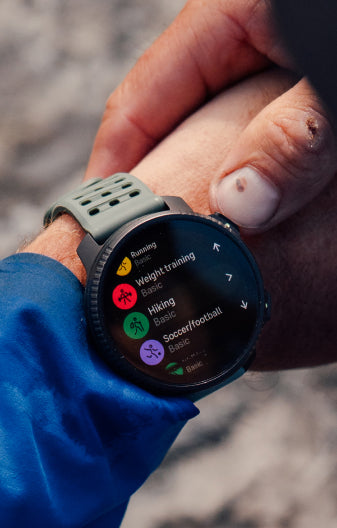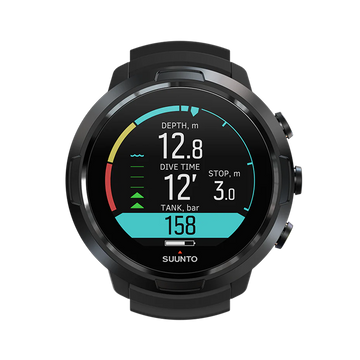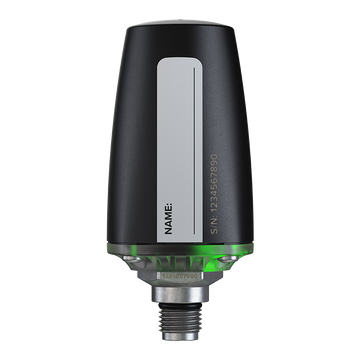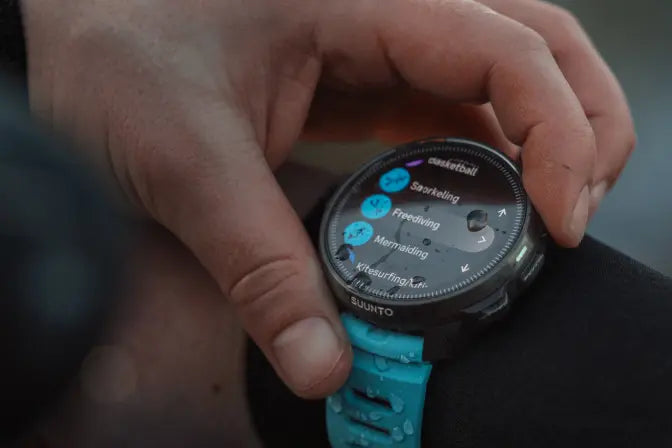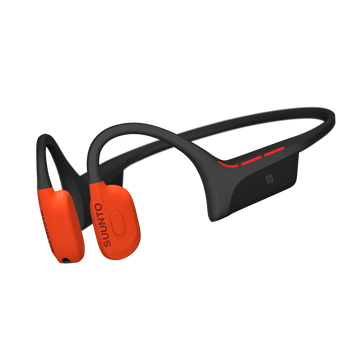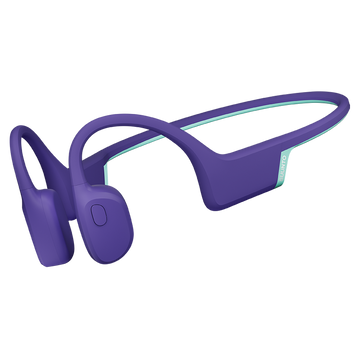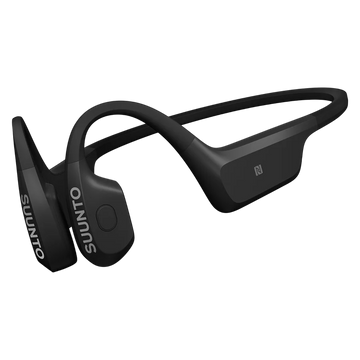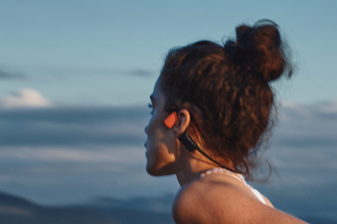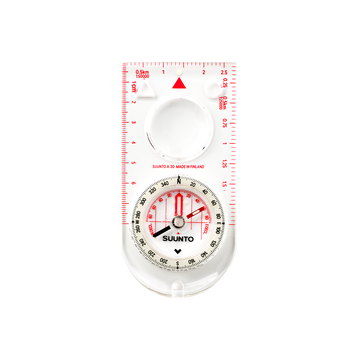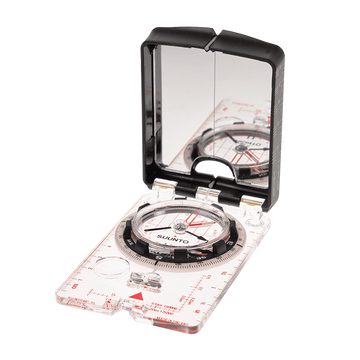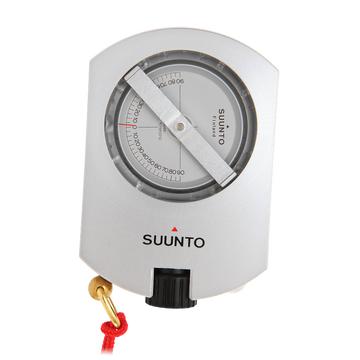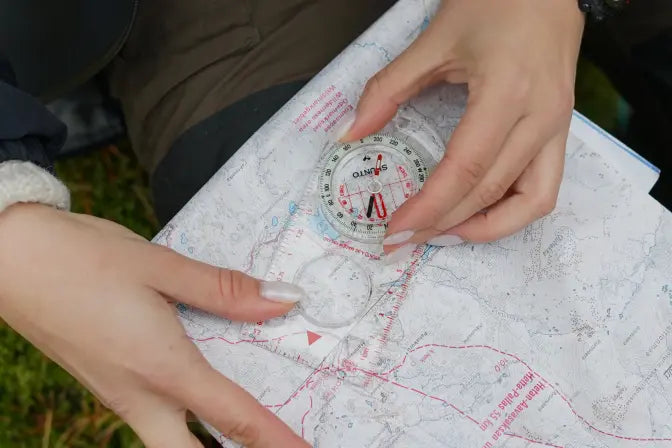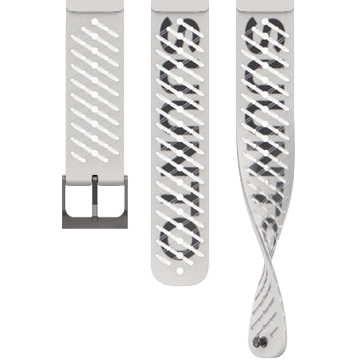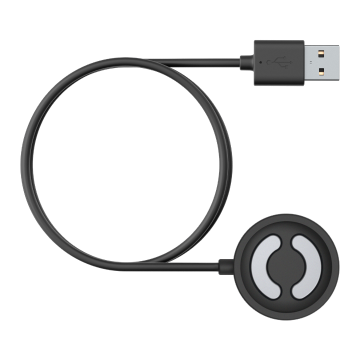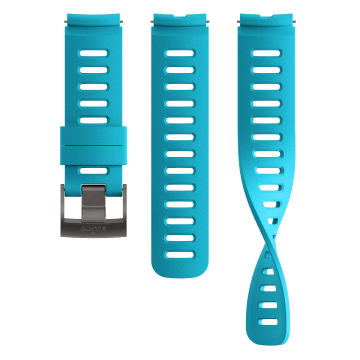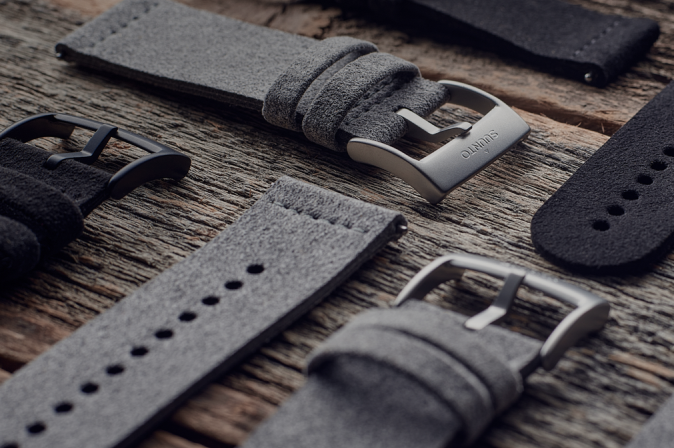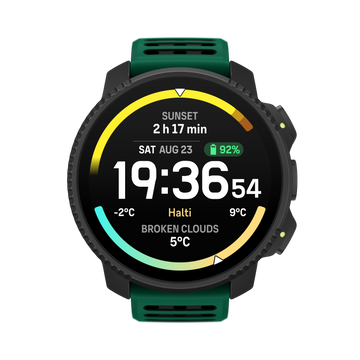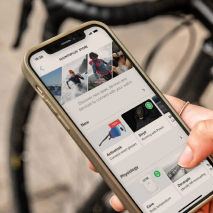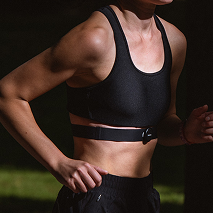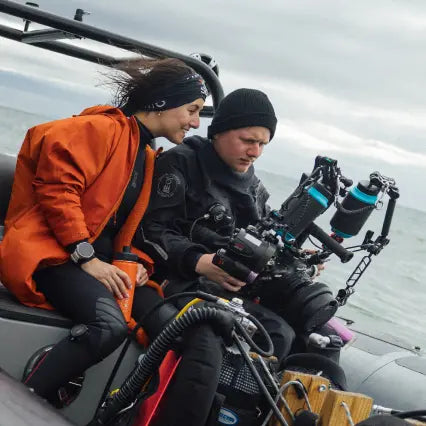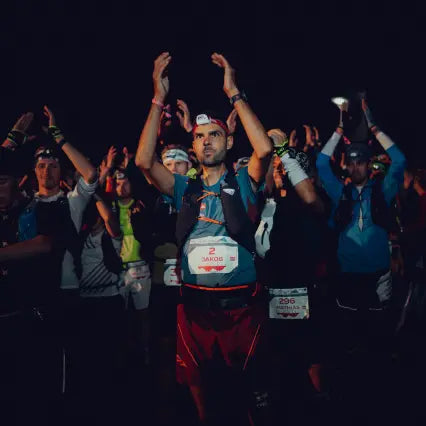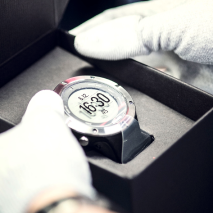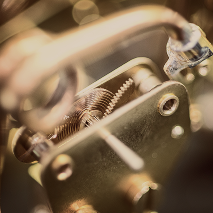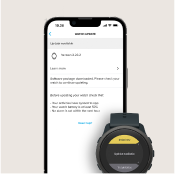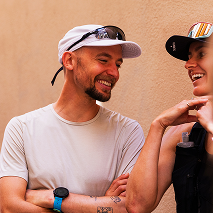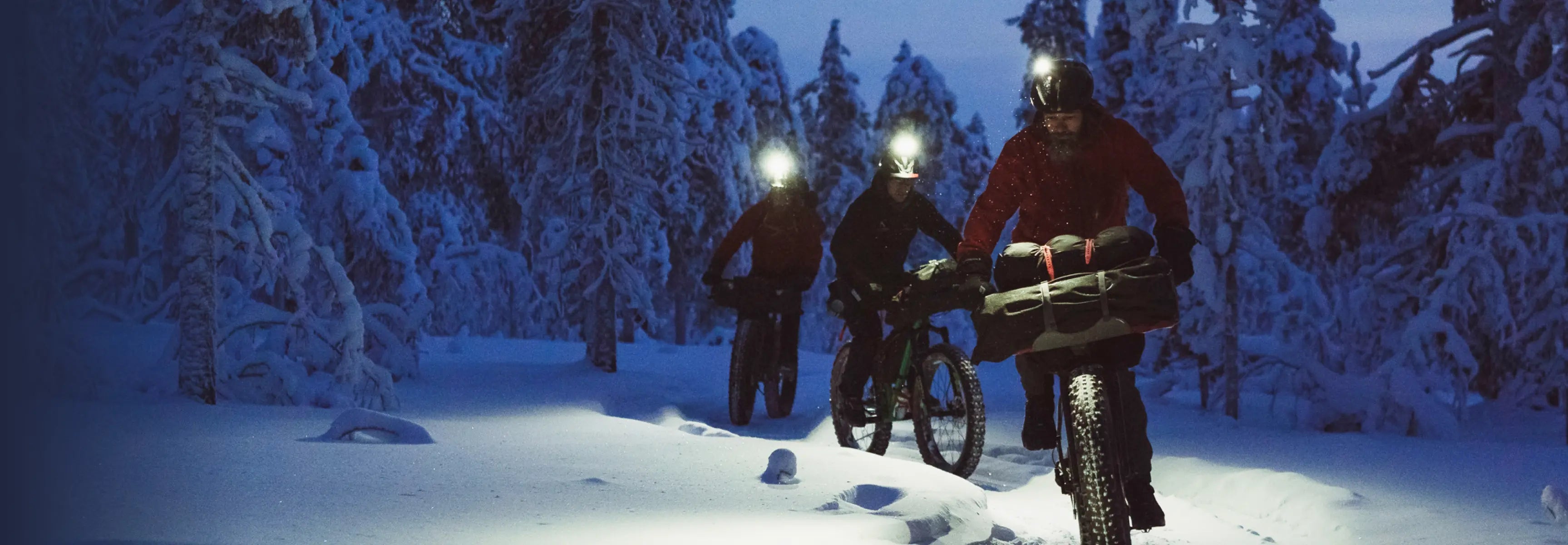
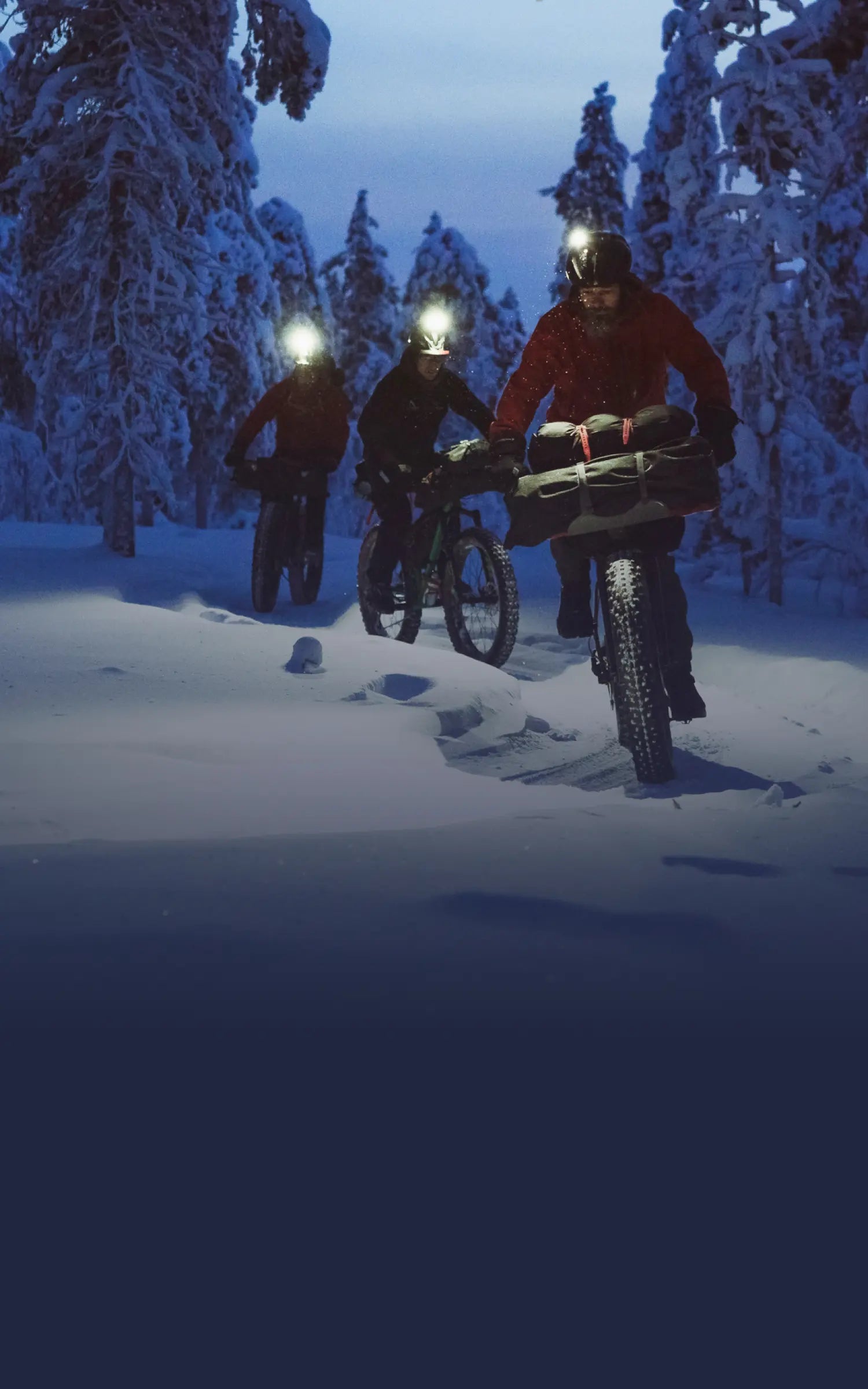
Suunto Blog

World Vertical Week 2017 Big Data: See who stands on the top!
The World Vertical Week is about collecting vertical meters for your country and your sport. All moves in all human-powered outdoor sports count. To keep the playing field level, we were only comparing averages. A cumulative number of ascent meters per country would not have made sense as the population and number of Suunto App users varies.
Skiers are still quite clearly the queens and kings of the hill with 849 meters of ascent in average. The mountaineers climbed on the second spot with 636 meters and the trail runners rounded out the top three with their 400 ascent meters.
Actually the order of the activities remained almost identical compared to 2016: the only difference was that mountain bikers passed the snowshoers in the listings.
Average ascents in various activities
Ski touring 849m
Mountaineering 636m
Trail running 400m
Mountain biking 362m
Snow shoeing 316m
Trekking 293m
Cycling 236m
Cross country skiing 222m
Running 104m
SKI TOURING IS NUMBER ONE – BUT WHO SKIS THE MOST?
Now that we know that ski touring is the sport with the biggest average ascents, it is time to dig deeper. The snowy winter in the Pyrenees has boosted the skiing spirits of the Spanish and they were the only athletes to cross the thousand vertical meter mark – in any country and any activity. Felicitaciones, españoles!
Top 10 countries in ski touring
Spain 1034m
Switzerland 938m
Slovakia 936m
Germany 927m
Andorra 916m
Italy 909m
USA 883m
Austria 877m
Poland 874m
France 858m
A SLIGHT SURPRISE IN MOUNTAINEERING
Mountaineering was second in the activity listings. But the leading nation within that activity was a slight surprise: United Kingdom surely has a long mountaineering tradition, but only a few – at least here in the Suunto office – would have bet their money for the island nation. The UK was not among the top mountaineering nations last year, but still they took the first place with 836 meters in 2017.
Top 10 countries in mountaineering
United Kingdom 836m
Italy 772m
Switzerland 749m
Germany 713m
Japan 685m
France 683m
Austria 655m
Taiwan 620m
USA 600m
South Korea 575m
ASIAN COUNTRIES DOMINATED TRAIL RUNNING
It was clear already last year that China, Hong Kong and Japan are strong in the trail running segment. This year they occupied the top three with excellent performances and clear margins.
Maybe having the Vertical Week in winter limits the possibilities for trail running in mountainous areas in Europe and North-America but still the Asian performance was impressive. Great climbing, China, Hong Kong and Japan!
Top 10 countries in trail running
China 887m
Hong Kong 808m
Japan 711m
Italy 572m
Portugal 540m
Spain 524m
United Kingdom 509m
Slovenia 469m
Greece 468m
Austria 437m
CLOSE MARGINS IN COUNTRY COMPARISONS
We also analysed the data for all human powered outdoor sports and compared the average ascents between countries. The margins were tight, but still there was one above the rest: The Austrians ascended on average more than any other nation, 320 meters per every workout tracked during the Vertical Week.
Top 10 countries overall
Austria 320m
Italy 298m
Switzerland 287m
Spain 261m
Slovenia 261m
Portugal 258m
Hong Kong 247m
France 240m
Norway 235m
Slovakia 218m
TOP COUNTRIES IN OTHER ACTIVITIES
And to give you even more to speculate here are the top countries in the other activities mentioned above.
Top 10 countries in mountain biking
Italy 515m
Slovenia 479m
Spain 471m
United Kingdom 465m
Austria 461m
Switzerland 443m
South Africa 416m
France 370m
Germany 367m
Poland 366m
Top 10 countries in snow shoeing
Italy 564m
Andorra 530m
Austria 510m
Germany 429m
France 424m
Switzerland 345m
USA 228m
Spain 213m
Canada 178m
Finland 163m
Top 10 countries in trekking
France 406m
Italy 397m
Austria 353m
Poland 322m
Spain 307m
USA 274m
Germany 271m
Norway 243m
United Kingdom 229m
China 141m
Top 10 countries in cycling
Spain 405m
Italy 403m
South Africa 393m
Colombia 392m
Portugal 355m
Cyprus 332m
Switzerland 328m
Czech Republic 308m
France 298m
Austria 294m
Top 10 countries in cross country skiing
Czech Republic 391m
France 312m
Poland 286m
Norway 270m
Sweden 266m
Italy 260m
Austria 252m
Canada 225m
USA 222m
Germany 221m
Top 10 countries in running
Portugal 157m
Hong Kong 151m
Slovenia 148m
Switzerland 136m
France 128m
Spain 127m
Norway 126m
New Zealand 124m
USA 117m
Czech Republic 115m
Main image © Patitucci Photo

VO2 MAX IntervalS with XTerra champion Josiah Middaugh
In modern times, interval training is a fundamental way to train endurance performance. I overheard my 10-year-old telling his brother, “the best way to get faster is to do intervals, that’s what my gym teacher said.” For the general public, any intervals will do, but for the highly trained endurance athlete we need to get a little more scientific.
The basic premise of interval training is that you are able to swim, bike, or run at a higher intensity if your training is intermittent versus continuous. A 5k runner, for example, could head out the door and cover 3.1 miles as fast as possible a couple times a week, but would have a hard time holding their goal pace for much more than one mile. Instead, if the training was broken into half mile intervals, a race-pace could be achieved with every 800 meter bout as long as recovery was adequate. With each repeated bout there is a cumulative effect, up to a certain point, to stimulate adaptation. Beyond a certain point, maladaptation can occur.
Types of Intervals
In an effort to simplify we will focus our discussion on the most potent type of intervals known as VO2 max intervals. VO2 max is defined as an individual’s highest rate of oxygen consumption (milliliters of oxygen per kilogram of body weight per minute). A common misconception is that interval training is strictly anaerobic. These types of intervals do have a big anaerobic component, but by definition have you operating near your peak oxygen consumption, which is the key. Most athletes can work at VO2 max for only about 5 to 9 minutes, so intervals at VO2 max need to be shorter than that. If the interval is too short, then the anaerobic contribution is big, but there is not enough time to actually get to VO2 max. Personally I like 2-3 minutes ON with about equal recovery.
Pacing Strategy
Pacing is critical. Suppose you are running those 800 meter bouts and you start out by sprinting the first 200 meters and then have a gradual slow-down for the next 600 meters. Your average pace might be on target, but you have failed to reach VO2 max since you started with this huge anaerobic effort and then settled into a pace slower than your VO2 max intensity.
There is something called a slow-component to VO2 max. This means that for any pace above lactate threshold, you will eventually reach VO2 max if the exercise is continued. So you do want to go fast, but to spend the most amount of time near VO2 max, you want a pace you can sustain for 2-3 minutes. If performed correctly your oxygen consumption will approach VO2 max about half-way through each hard effort. So if your workout is 6 x 2.5 minutes, you might in reality only spend a total of 7.5 minutes at VO2 max, which is fine. If performed poorly you may only spend a few seconds of each interval at VO2 max or none at all.
Graph 1: Poor pacing strategy with high power output (purple) at the start of each bout and power dropping on each bout.
Graph 2: Better pacing strategy here. In this case, power (purple) within each bout was very consistent, but there was still a drop off in power for the last 3 bouts.
Graph 3: Power (white) fairly consistent throughout hard efforts. Notice peak heart rate (orange) is not achieved until the 6th bout. Different athletes, different software.
Work:Rest Ratios
An ideal range for work portion is about 1.5 to 4 minutes. We like the 2-3 minute range the best with a few exceptions. Work to rest ratios are usually around 1:1. The rest interval can be adjusted to increase or decrease the intensity of the workout. If you are having a hard time keeping pace, try adding 30 seconds rest. If you are completing the workout with energy to spare, try 30 seconds less rest the next time out.
How Intense?
Pace or power are your best guides for this type of training. Heart rate lags so far behind that it is not the best indicator and you don’t want to try to spike your heart rate to start each effort.
If you have power on the bike, I like to use 110% FTP for 3 minute bouts, and 115% FTP for 2 minute bouts.
For running, a 5k race pace or slightly faster will get you there. A 15 minute 5k runner can just use their 5k pace, but a 25 minute 5k runner might need to increase the pace slightly.
If you are performing intervals uphill and don’t have power or pace to guide you, try this approach. Warm up to the base of consistent climb. On your first bout, hold back a fraction and note your distance at 1 minute and 2 minutes. Make a mark in the dirt. Recover on the downhill and repeat the same section of the hill attempting to at least reach the same finishing mark or go slightly further. Try to do this without going any further for that first minute.
How Much?
I mentioned earlier that this is the most potent form of training. So your goal is to be able to maintain the quality for the entire workout. For most people this means 15-21 minutes of total hard work. So that is 8-10 bouts of 2 minutes, or 5-7 bouts of 3 minutes. Keep it simple. Shoot for a very similar intensity every time and if you start to slow down you have done too much.
How Often?
A little bit can go a long way. I try to space out this type of training more than any other. For most people that means two quality sessions per week with one on the bike and one on the run. Training becomes more polarized during a VO2 max cycle with recovery and endurance workouts separating VO2 max bouts. Total training volume is reduced and avoid excessively long workouts during this time.
Soon Ripe, Soon Rotten
With this type of training, most people will plateau in about 6 weeks. I like to sprinkle in this type of training as key races are approaching and save heavy blocks of VO2 max interval training for the most important races of the season.
Josiah Middaugh is the reigning XTERRA Pan America Champion and 2015 XTERRA World Champion. He has a master’s degree in kinesiology and has been a certified personal trainer for 15 years (NSCA-CSCS).
Get to know Josiah
Learn how to use Suunto Spartan's Interval feature

Finding remote
What exactly is it? Well that’s really up to you. For our friends, Kona Gravity team rider Graham Agassiz and Kona Canada’s Matt Stevens, that thing is fly fishing. So, they made a plan, packed up their bikes, and converged in Lytton, British Columbia to head to their own secret stash. Prepped with fishing and camping gear, Suunto Traverse Alpha, Matt’s fishing kayak, and Aggy’s dog Autumn, they headed straight for the goods.
Escape for a moment and watch the video
Learn more about Suunto Traverse Alpha, the GPS/Glonass watch with versatile outdoor functions for fishing and hunting
All images ©Kona Bikes

Is the ultimate cross-training… breathing? Mike Maric teaches athletes to breath better
Tell us a bit about your dive history.
I was a free diver and still am a free diver. I was lucky enough to meet the legendary Umberto Pelizzari, and not long after joined his entourage for trainings, travels and world records. I began to free dive professionally myself in the early 2000s, and my career took me to underwater all over the world. But in 2005 tragedy struck when my best friend died during a dive.
What happened next?
After that, I stepped back from competitive diving and began to work more as a trainer and safety diver. I continued my studies in the medical field, and then eventually I began to put my medical competence to use as a free diver.
Tell us more.
I work very specifically with breathing and breathing technique, with the goals of improving performance and reducing recovery times. Essentially, we’re helping athletes increase their oxygen supply, and teaching their muscles to work better without oxygen. We work specifically with the diaphragm to have more oxygen. Then next is to be master of your breath. To be more conscious about have more air.
Mike Maric working with Trek Segafredo pro cycling team (©Trek-Segafredo)
To be more conscious? That sounds like a mind game…
Absolutely. Science shows us it’s not physical, but mental – apnea technique is really important, but we also know mental is really important! My students really learn how to improve the mental conditions and discover new limits inside of themselves!
And now your work includes lots of people who don’t dive and don’t intend to.
Everyone in the world can benefit from better breathing techniques! Over the last few years I’ve been working with many athletes from different disciplines – beginning with triathletes, but now including martial arts masters, fencers, and more. I’ve even helped an oncologist who uses the techniques with his cancer patients.
How do you help a world champion in fencing?
The first goal in fencing or karate is to relax before the performance – reduce the stress and lower the heartbeat. The second is to reduce the recovery time. In fencing, for instance, world Paolo Pizzo is going full-speed for 30 seconds, then rest. During that rest time he moves his shoulders, breathes in a specific way, and recovers very quickly. The first time he did that, a lot of people wondered what he was doing – but it works.
How do you use your Suunto?
The Spartan is an extremely important tool for me – I use it to see breath frequency and heart rate.
Medically educated forensic scientist Mike Maric has taken what he’s learned from free diving and applied it to a multitude of other sports.
How can you help amateur athletes?
There are for sure some simple exercises to be conscious about your breathing. When I ask people ‘how do you breath?’ they don’t know! They know about shoes and running, they know about eating, they know about supplements! But they don’t know how they breath! We need to breath not with the chest, but with the diaphragm! But you need to practice continuously – the basics, about eight minutes each day. That’s enough time to improve over six weeks – although it’s different for each athlete.
No yoga.
Ha! I don’t do yoga. I back up medically sound advice with scientific evidence. Better breathing can improve your mental condition, increase performance, and decrease stress. That’s science!
For more info on Mike Maric's work visit mikemaric.com

How to ride the Giro d’Italia in the hardest way possible
Any serious cyclist knows that the Tour de France isn’t necessarily the best bike race on the planet, just the most well-known. Those in the know would are that the Giro d’Italia – aka just ‘The Giro’ is harder, steeper, and in a more beautiful location. And guess what? 2017 is the event’s hundredth birthday.
As such, it’s natural that Italian long-distance endurance cyclist Omar di Felice wants to take it on, in a unique way never done before, for his new project #ITALYUNLIMITED3500. He’ll do a variation of the route, starting and ending in Rome. He won’t follow the exact route (it changes every year). But what’s impressive? The race normally takes place over three weeks. He aims to do it in just 9 days, starting Wednesday, September 20th. Sleep? That will come mostly in 40-minute power naps, approximately every ten hours.
3500km with almost 60,000m of climbing. Here’s how he’ll do it, section by section.
Part 1: Rome to Calexia
Distance:1073.2km
Vertical: 17346m
Omar will start in classic style: at the Olympic Stadium in Rome. The climbs begin quick – he’ll have his first 1000m climb within the first 100k. Says Omar: "The biggest challenge in the south part of Italy will be road conditions: there won’t be flat parts but a continuous up and down and the asphalt isn’t so good. So the first 1000km will be very tough!” His first push will be his longest – he’ll try to go 30 hours before taking his first nap.
Part 2: Sicily
Distance: 380.8km
Vertical: 6329m
After getting on to Sicily, Omar will rack up 380km on the way to Palermo. With one big climb (and we do mean big – over 1800m!) it will be challenging.
Part 3: Sardinia
Distance: 283.6km
Vertical: 3039m
After Siciliy, Sardinia will be a breeze – 100km less distance and half the climbing.
Part 4: The Alps and back to Rome
Distance: 2075.5km
Vertical: 31556m
Now the battle begins – already exhausted of mind and body, Omar will take 2075km of rolling hills and high mountain passes – including one mega climb that will take him up nearly 3,000m, all the way from sea level. Highlights include many of the most famous parts of the Giro d’Italia.
Just to put this all in perspective, let’s look at another record in cycling. RAAM (Race across America) record holder Christoph Strasser completed the approximately 4,800km course in seven days and fifteen hours. Faster than Omar intends to finish – but that longer course had only 36,500 height meters, compared to di Felice’s upcoming 58,270. While it’s tough to compare the two, there’s no question the steeper and more frequent climbs are a huge part of what makes this upcoming ride so difficult. Bad weather and lack of sleep are likely to be some of biggest factors, Omar has faced such challenges before – but this is another level.
“This ride is simply “different”. A nonstop ride is toughest in terms of mental effort and because you can’t sleep too much. During the winter ride, instead, you have to consider a tough weather and slippery road conditions. But, at the end, I really love both the nonstop rides and the winter rides!”
Where he stops every night will be up to his body. "It’s impossible to set a real plan because it will depends on my physical conditions and weather but, for sure, I predict to stop the first time after 30 hours of ride, then to have a 40 minutes powernap every 10 hours of ride,” says Omar. He’ll consume about 500kcal/hr, so fueling is going to be important!
How will he do? We highly suggest following him on Instagram to get the highlights of his ride – no matter what happens when he starts pedaling, you have to admire him for even dreaming up such a ride. Good luck, Omar!
All images © Luigi Sestili

During a 3,380km ride you don’t know what will hurt the most
When Omar di Felice planned his little bike ride around Italy, he knew a lot of it would not be easy. After all, he planned to barely sleep while pedaling over 3,000km, leaving clockwise from Rome, and returned just over a week later. Of course, a trip like this takes meticulous planning – every road, every hill, every kilometer.
So that’s why the surprise was a surprise: “The toughest part was the south of Italy. I didn’t know the route very well, and I found tough, short climbs and hard asphalt! It was a real surprise considering the fact that the toughest part in my idea would be the Alps segment of my race.”
After a rough start, Sicily and Sardinia were easy going – “Peaceful landscapes, hills, and perfect weather,” says Omar. “Seeing the dawn from the top of Etna mountain was on of my favourite moments.” In Genoa, he found a welcome surprise: crowds from his hometown out to greet him and show their support – including the mother of Marco Pantani, a legend of Italian cycling.
Over the eight days, di Felice used three different bikes – a Wilier 110 Air – an aero bike to push fast during the flat parts – a Wilier 110 NDR with disc brakes systems for comfortable riding, and a Wilier Zero.6 for minimal weight during the toughest climbs. The funniest bit? In 3380km, he didn’t have a single flat.
Omar’s sleep schedule was extremely sporadic – he’d grab about grab about an hour a and half of sleep every 15 hours, in addition to other short breaks, before a luxurious three-hour nap before his last push to the finish. But this unrelenting regime allowed him to complete the massive ride in just 8 days and 21 hours. Since the route was one of his own choosing, it’s unquestionably a world record for that particular route, but hard to place in the canon world cycling records, where others have gone further in less time – albeit with significantly less climbing than di Felice.
The end was the most glorious: “The last two days were the best part of my ride,” says Omar. “I felt great, and really happy that everything had gone well until that moment, and I really enjoyed the route back to the finish line.” He enjoyed it so much he’s already planning the next one. “Of course it was really tough and now I need a long rest period but I’m sure I will do something similar in the future. Why not!”
